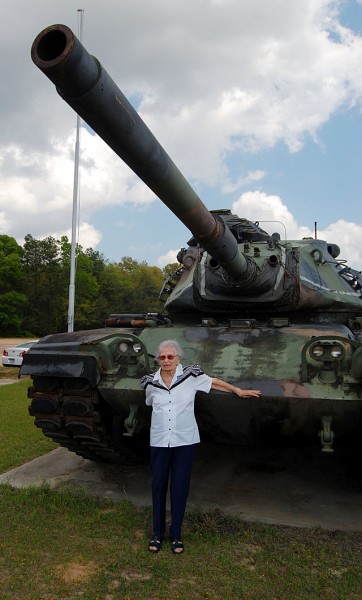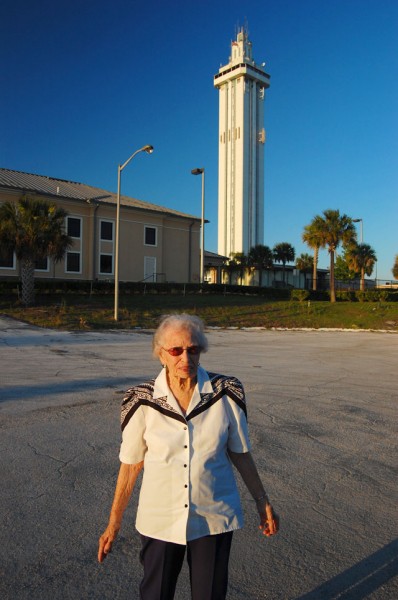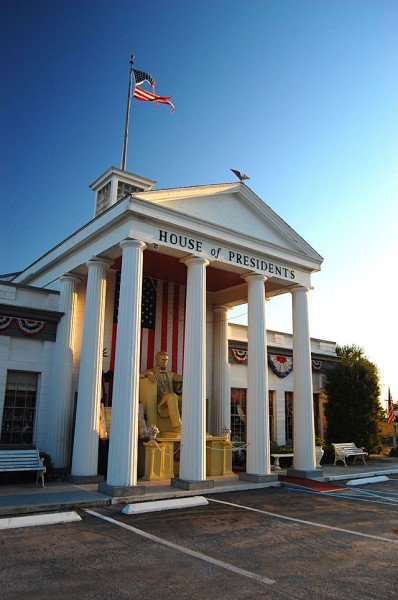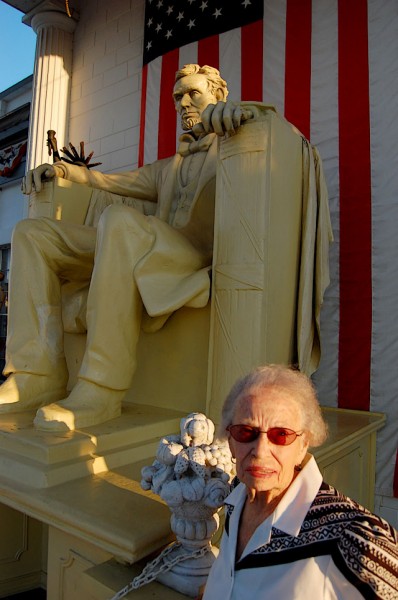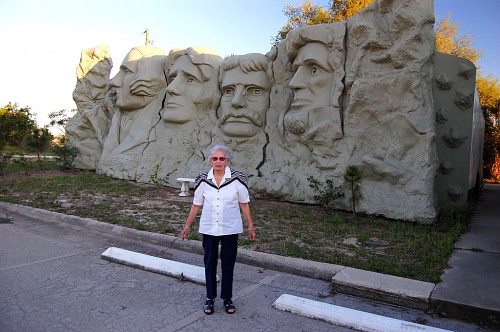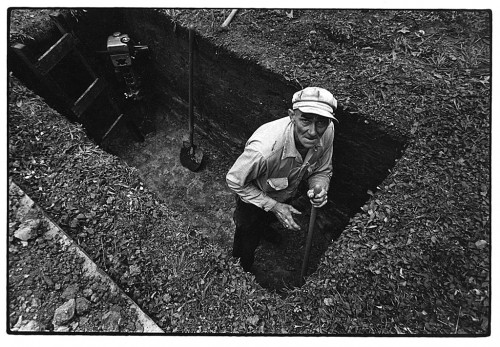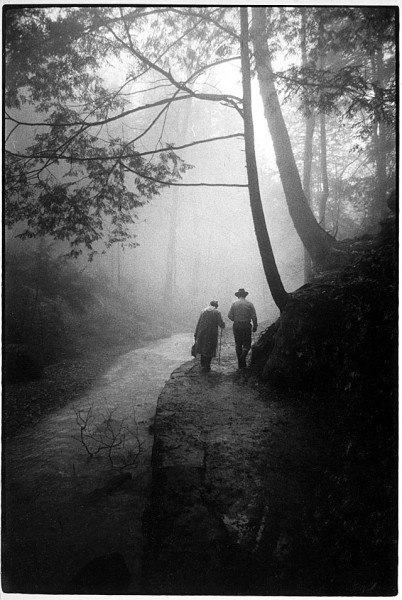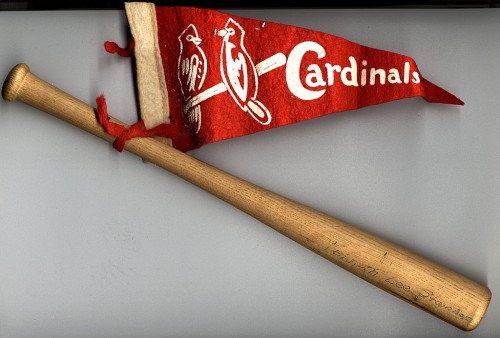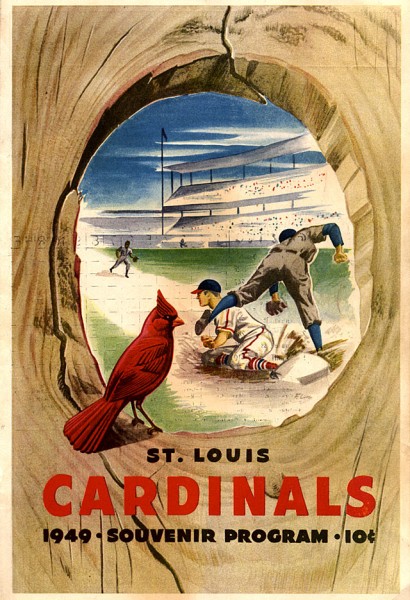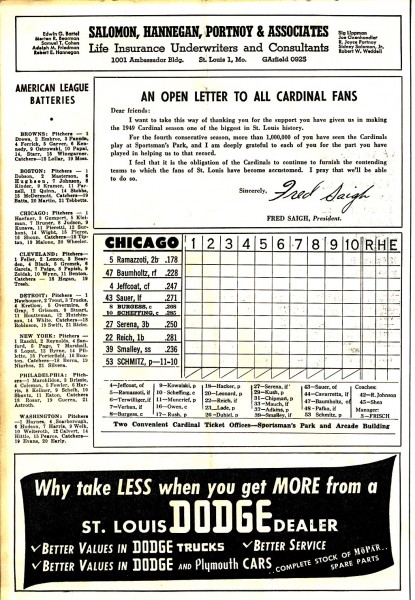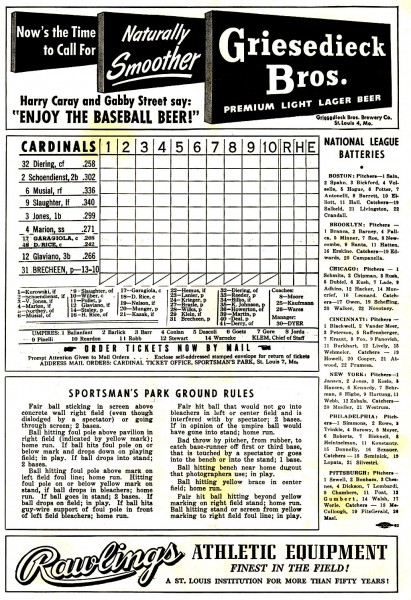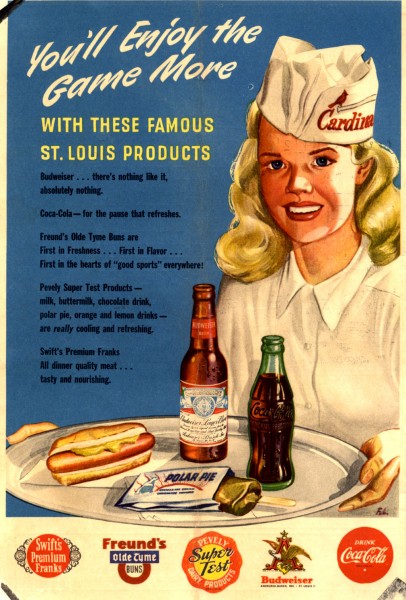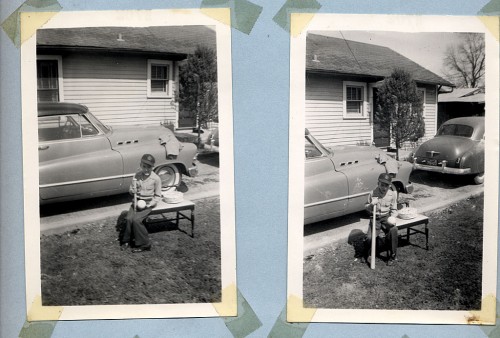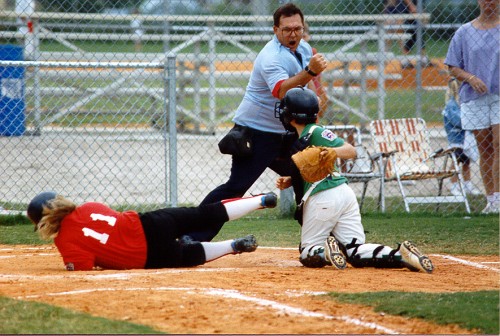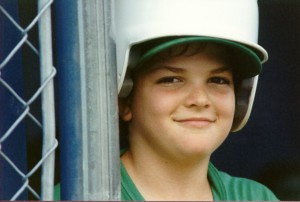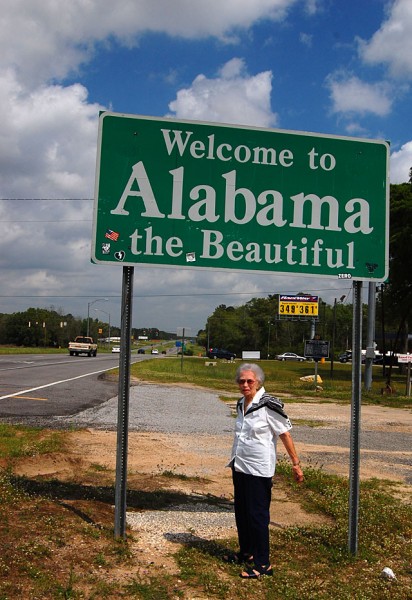 I got to bed early – about midnight – last night after Day One of our Road Trip Back to Cape Girardeau, so I set my alarm for an uncharacteristically early 7:30 a.m. I heard some stirring around at 5 in the morning and figured Mother must have gotten up to go to the bathroom or get a drink. I rolled back over to sleep the sleep of the just and innocent.
I got to bed early – about midnight – last night after Day One of our Road Trip Back to Cape Girardeau, so I set my alarm for an uncharacteristically early 7:30 a.m. I heard some stirring around at 5 in the morning and figured Mother must have gotten up to go to the bathroom or get a drink. I rolled back over to sleep the sleep of the just and innocent.
About 15 minutes later, I looked over at the next bed and saw her stretched out fully dressed, including her shoes. That’s a pretty subtle hint that I should get up and get on the road. The free breakfast didn’t crank up until 6 a.m., for goodness sake. Even roosters don’t get up at that hour.
Found some good biking roads
Once we got rolling, I made note of some beautiful roads out of Ocala that I’m going to explore on my bike. Some of them had low traffic, shade and good shoulders.
When Kid Matt made one of his first solo road trips, he left a plaintive message in my voice mail that wailed, “I’ve been driving for days and I can’t get out of Florida.” I know how he felt. The only thing more welcome than the Florida Is In Your Rearview Mirror Sign is the sign up the road that shows gas prices almost 35 cents cheaper than what we saw in Florida.
Elvis looked lonely
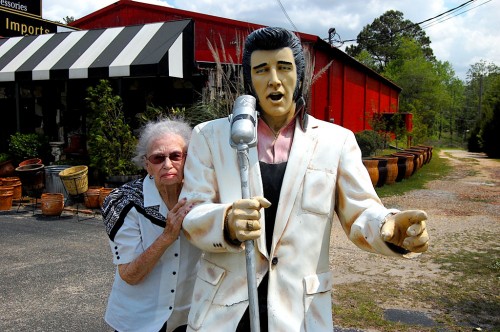 Just south of Dothan on 231, Elvis was standing in a parking lot looking lonely. I did a U-turn and paused long enough for her to give him some Mother love. Traffic was too heavy for me to whip around to shoot her next to a Get Your Spring Break Bikini sign.
Just south of Dothan on 231, Elvis was standing in a parking lot looking lonely. I did a U-turn and paused long enough for her to give him some Mother love. Traffic was too heavy for me to whip around to shoot her next to a Get Your Spring Break Bikini sign.
Recruiter rejected her
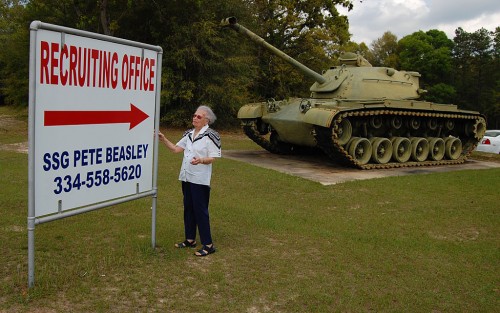 She was ready to sign up when she saw two tanks parked alongside the road near Ozark, AL. The recruiter said the Geneva Convention prohibited the use of the prosthetic devices described in this story, so they wouldn’t be able to take her.
She was ready to sign up when she saw two tanks parked alongside the road near Ozark, AL. The recruiter said the Geneva Convention prohibited the use of the prosthetic devices described in this story, so they wouldn’t be able to take her.
Gator tail and frog legs
Mother doesn’t accept rejection gracefully. She told SSG Beasley that she didn’t care WHERE the Commander in Chief said they were going to be deployed. If SHE wasn’t going, then THEY weren’t going.
It took the promise of a lunch of gator tails and frog legs to get her to give them their tank back. She was disappointed, though, to find out that she wasn’t going to get to wrestle the gator to determine who was going to be lunch for whom.
We managed to make it into Cullman, AL, about 10 minutes before a strong squall line hit us. We should roll into Cape sometime tomorrow.

